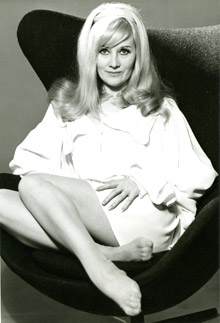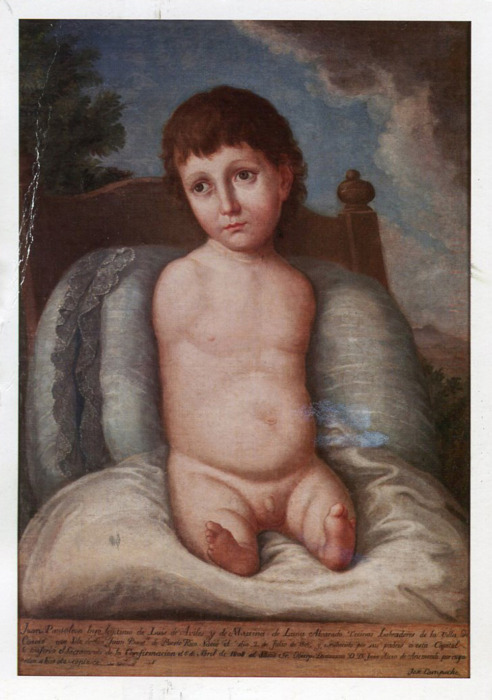In 1977, punk rock said that everything in England was rotten and proposed Anarchy in the UK as a response. Needless to say, then and since punk has been battered from all sides. Either it was all a con manipulated by Malcolm McLaren, or the bands were never that into the politics, or it was all a huge mistake. Only in the wake of the appalling “Jimmy Savile” scandal it turns out that it wasn’t. The punks were right.
If you haven’t had time to follow this, Jimmy Savile was a dreadful mainstream DJ of the glam rock era with dyed platinum hair, a phallic cigar and a “I’m working-class me” overdone Yorkshire accent. The BBC saw him as a “star,” the first of the modern celebrities, who are famous because they are famous. In exchange for his ratings, Savile was allowed to use the BBC for decades as a procurer for the underage teenage girls he desired. He used other TV programs to claim to be a benefactor of the disabled and was allowed special access to hospitals for the disabled and mentally ill, where he carried on his relentless abuse.
More recently, it’s emerged that it wasn’t just him. A tradition in British broadcasting going back to the Second World War gave special license to the entertainment world to abuse and harass, even while the mainstream news continued to speak of the disgrace of the sexual revolution, of queers (a word they might have used in the negative sense), and all forms of transgression.
One name that emerged among all this had a certain resonance for me: Janie Jones. Janie Jones was a singer charged in 1973 with running a prostitution ring for the benefit of BBC radio DJs, who would then play specific songs requested by the industry. In her trial, various Mr Xs and Ys turned up, often involved with underage girls. Jones was the fall-girl and later gave her name to a song on the first album by The Clash. I played that record to death without ever realizing that Janie Jones was a real person.
Now it’s pretty clear who Mr X and Y really were–people like Savile and other lecherous Radio One DJs of the time. There’s a lot of comment in the UK to the effect that, in the words of the feminist Joan Bakewell who was part of the BBC of the period:
What we now find unacceptable was just accepted back then by many people.
Such acceptable things including a primetime TV show called The Black and White Minstrel Show in which white people in blackface performed Jim Crow ballads; an anti-semitism so blatant that the school I attended had a quota on the number of Jewish people allowed because “otherwise,” the headmaster told my mother, “they would take over the school”; and a racism that led to street violence on a daily basis.
Punk refused all of that. It said that it was not in any way acceptable and if that was the future, it preferred no future. It said no to Elvis, the Beatles and the Rolling Stones and all the other abusive dinosaurs of the music industry as symbols of this thorough-going corruption. It was–we were– right.


